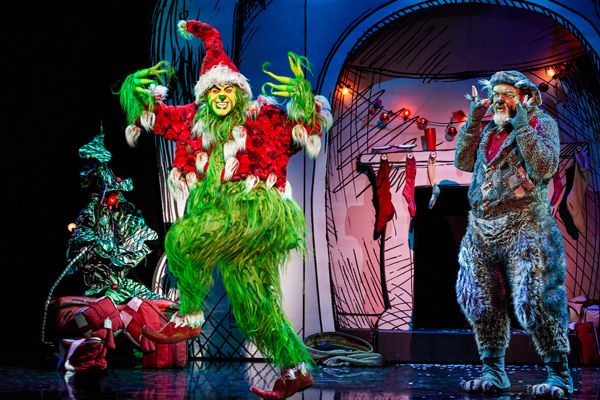By Ilene Dube, JerseyArts.com
originally published: 02/25/2023
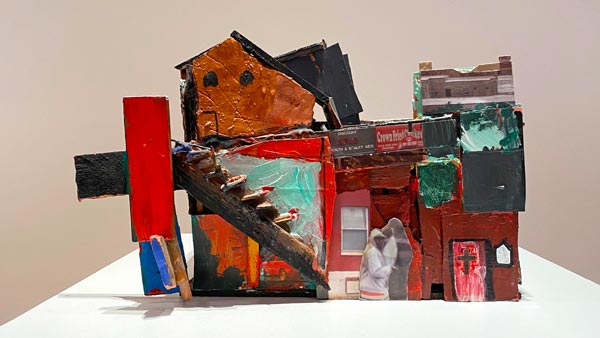
Gazing out the window on NJTransit south to Trenton, and then on Amtrak further south to Philadelphia and Baltimore, one sees brick row houses, sometimes crumbling, sometimes boarded up, covered with words that express desolation. There are solitary figures here and there, or perhaps a face looking out from a window. Better times might have been in the past, for these places.
This is the world of Leroy Johnson, whose exhibition is on view at the Gallery at Mercer County Community College through March 23. Largely self-taught, Johnson called himself an “activist artist” and “urban expressionist” whose work was shaped by African American history and life in the inner city.
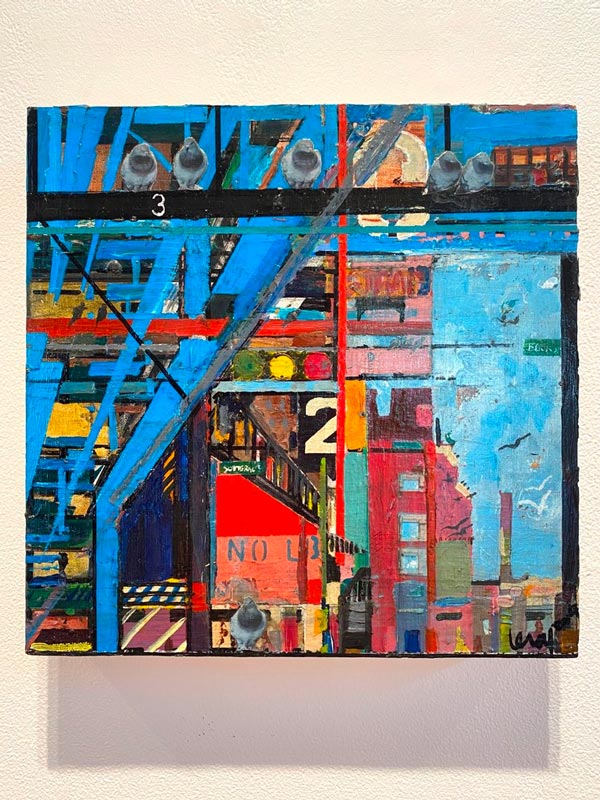
Leroy Johnson, El No Libs. Mixed Media Collage, 10”x10”
The constructions Johnson created from cardboard and other recycled materials depict the raw and gritty but also exude the charm of the handmade. One such construction, “West Philly/Porches,” may appear to be of a rickety building, and yet it is a home. Someone has lovingly painted it blue and mauve, the porch floor green. Maybe the resident changed colors because of limited supplies, or maybe it was a choice to create beauty through color. It is clear that the occupant loved this home and took care of it, just as it is clear that Johnson loved the neighborhoods he rendered.
Johnson wrote “Viewing and ‘feeling’ the paintings of Horace Pippin… evokes the memories I have of my childhood home. A large kitchen with wooden floors, a huge black cast iron wood-burning stove on which my mother cooked and heated that heavy, solid iron she used for pressing our clothes. There was a large kitchen table around which the adults in my extended family ate their meals, read the newspapers and discussed current events and politics. Like Pippin's kitchen, my childhood home was filled with handcrafted items, quilts, blankets, rugs, crocheted and knitted doilies, clothing and the like.”
He felt called to be an artist when he was 7, after reading Richard Wright’s “Black Boy,” and his family was supportive. His early work was pen and ink, because that’s what was available.
He earned a master’s degree in human services from Lincoln University and worked as a social worker and as a counselor for an inner city school. Compelled to make art, he created layer upon layer on his work; scraping with a razor, then painting over. “To me, art is endless exploration,” he told interviewer Jim Cotter on the Articulate show. “If you love reading and art, you’ll never be lonesome and you’ll never be bored.”
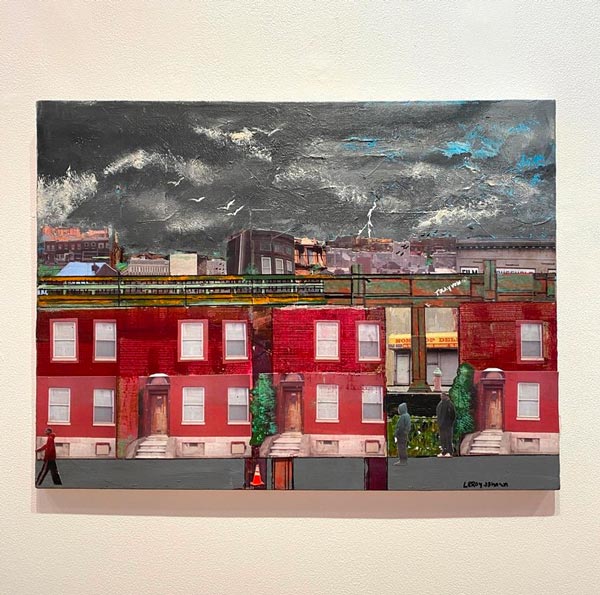
Leroy Johnson, Storm Coming. Mixed Media Collage,18” x 24”
“I see in the composition and palette of Pippin a striving for harmony and security,” he wrote. “Building a wall from which he can be an observer and recorder, simultaneously exposing his vulnerability and sensitivity to the viewer's gaze. A desire and need forged in migration, war, and existence in a nation where terrorism still confronted African Americans.”
Johnson’s city – the one he lived his life in – was Philadelphia. He grew up in an integrated neighborhood, and in his lifetime saw many neighborhoods become gentrified. But, says Gallery Director Lucas Kelly, it could be any city. In fact, at the opening reception, recounts Kelly, a student came up to him and said, “I know it’s Philadelphia, but it’s Trenton.” There are bodegas and fried chicken joints.
Kelly, an artist and full professor at MCCC – he teaches two-dimensional design, digital portfolio, sculpture and basic drawing – lives in Bordentown and kept a studio in Philadelphia before the pandemic. “Leroy was an iconic Philadelphia artist, and working in Philadelphia you can’t not be familiar with his work.”
In 2021, Kelly saw an exhibition of Johnson’s at Tiger Strikes Asteroid, an artist-run gallery, and knew he wanted to bring the work to MCCC. Then, in July 2022, Johnson, 85, died; the cause was lung cancer, according to his Philadelphia Inquirer obituary. And so Kelly worked with the manager of Johnson’s estate.
“I wanted to bring Leroy here because a lot of this work transcends generations, and its socio-political content is still very relevant,” says Kelly. “The work could act as a mirror for our students, rather than a scene.
“It provides a road map for students to use visual language as a way to express themselves,” continues Kelly. “A lot of times our students see the need to hone technical abilities, but this way of working, documenting experience, is just as important – maybe more important – as learning to do, say, a still life.”
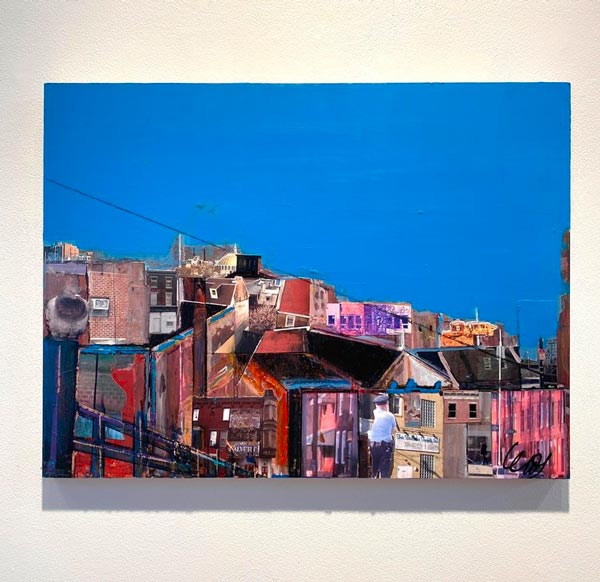
Leroy Johnson, Saint Peter and Paul's. Mixed Media Collage, 18” x 24”
Johnson’s work has been called folk art. He held residencies at the Clay Studio, where he taught children through the Clay Mobile, the Barnes Foundation, and the Center for Emerging Visual Artists, all in Philadelphia, and was commissioned to create artwork for the Philadelphia airport. While largely self-taught, Johnson took classes at the Fleisher Art Memorial and the University of the Arts. Without art teachers, he once said, he could do whatever he wanted.
In this exhibition, Johnson used paint, collage, ceramic and found objects, as well as welding and glass blowing, to put together constructions. Kelly sees connections to post-impressionist artists, in the use of breaking up space.
Johnson used newspaper clippings both for the literal content and form. It served as a kind of wallpaper, and in fact one work is thus named. His titles often come from a phrase in a headline or news story.
A silhouetted figure can be found in many of his works – often a figure cut out of paper and painted a solid dark color. Sometimes the silhouette might be painterly, such as a woman walking in the snow, but in several works in this exhibition, the silhouette is of a hanging man.
Upon entering the gallery, a visitor will see a wall of cityscapes, with beautiful red brick buildings under a blue sky. At first these suggest Hopper’s urban scenes, but on closer inspection, this is a world in which Black people have been left with the crumbs after white flight.
Train tracks are an integral part of Johnson’s world. “Sunset,” a large painting, is an aerial view of a streetscape with train tracks twisting down the middle, almost like a roller coaster ride. Johnson uses the elevated tracks and trusses as a framing device, creating geometric shapes – Kelly compares it to abstract expressionist Richard Diebenkorn, known for presenting the world in geometric shapes.
The constructions, placed on pedestals in the gallery, can and should be viewed from all sides. They are like dollhouses of a grittier world, incorporating roofing material, wooden shards, clay, and other repurposed materials from Johnson’s large collection.
One large painting includes Frederick Douglas’s image. From a sliver of newspaper, the following words can be deciphered: beaten, battle, African, incendiary, wives, homes, sustain.
In “Lynch Memory,” several Black men are seated as the silhouette of a hanging man dangles outside. “Detox” is scrawled on one wall. What, exactly, is the target for detox? In another, “REHAB” is printed on a door, and inside, a man is smoking. Looking at these desperate situations, one can understand the succor that comes from a smoke, a bottle, a hit.
“Storm Coming” is reminiscent of Hopper’s “Early Sunday Morning” with its red brick buildings under a bright blue sky, except that here we see a few Black men in hoodies, and “Trayvon” inscribed on the elevated train tracks. In “Saint Peter and Paul’s,” a white policeman has his eye on a Black man carrying a briefcase.
The title for “Who is Eligible” comes from text pasted on a building façade, partially painted over. So many of the people in Johnson’s tableaus seem to be waiting. Waiting for a bus, waiting while having a Coke against a graffitied wall. It is an existential waiting.
“What I love about Leroy is his I’ll-do-whatever-the-(expletive)-I-want approach,” says Kelly. “He manages to cherish the process of artmaking, while functioning as a disrupter. He has a reverence for the reality of the experience, and irreverence for art history.”
About the author: Driven by her love of the arts, and how it can make us better human beings, Ilene Dube has written for JerseyArts, Hyperallergic, WHYY Philadelphia, Sculpture Magazine, Princeton Magazine, U.S. 1, Huffington Post, the Princeton Packet, and many others. She has produced short documentaries on the arts of central New Jersey, as well as segments for State of the Arts, and has curated exhibitions at the Trenton City Museum at Ellarslie and Morven Museum in Princeton, among others. Her own artwork has garnered awards in regional exhibitions and her short stories have appeared in dozens of literary journals. A life-long practitioner of plant-based eating, she can be found stocking up on fresh veggies at the West Windsor Farmers Market.
Content provided by
Discover Jersey Arts, a project of the ArtPride New Jersey Foundation and New Jersey State Council on the Arts.
FEATURED EVENTS
Narrow results by date, categories, or region of New Jersey.
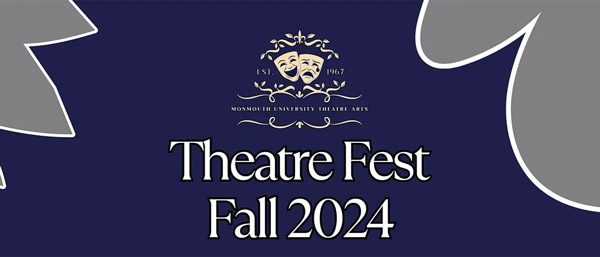
Theatre Fest Fall 2024 – Alpha Psi Omega Presents: To Be or Not to Be: Hamlet, an Abridged Staging
Saturday, November 23, 2024 @ 8:00pm
Monmouth University - Lauren K. Woods Theatre
370 Cedar Avenue, West Long Branch, NJ 07764
category: theatre
View event page for full information

Harry Potter and the Cursed Child (HS Edition)
Saturday, November 23, 2024 @ 7:00pm
Grunin Center
1 College Drive, Toms River, NJ 08754
category: theatre
View event page for full information

Harry Potter and the Cursed Child (HS Edition)
Saturday, November 23, 2024 @ 1:00pm
Grunin Center
1 College Drive, Toms River, NJ 08754
category: theatre
View event page for full information

2024 Princeton Dance Festival
Saturday, November 23, 2024 @ 8:00pm
McCarter Theatre Center (Berlind Theatre)
91 University Place, Princeton, NJ 08540
category: dance
View event page for full information

2024 Princeton Dance Festival
Saturday, November 23, 2024 @ 2:00pm
McCarter Theatre Center (Berlind Theatre)
91 University Place, Princeton, NJ 08540
category: dance
View event page for full information
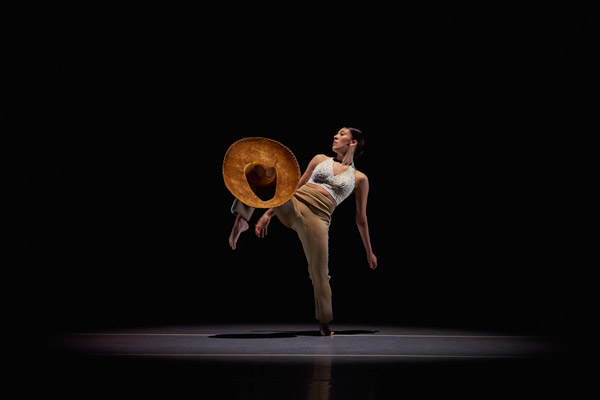
Fall Dance Plus
Saturday, November 23, 2024 @ 7:30pm
New Brunswick Performing Arts Center (NBPAC)
11 Livingston Avenue, New Brunswick, NJ 08901
category: dance
View event page for full information
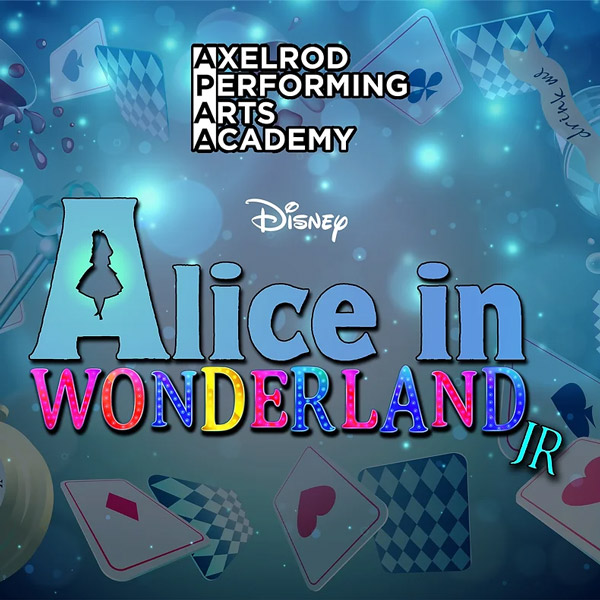
Axelrod Performing Arts Academy presents Disney's "Alice in Wonderland, Jr."
Saturday, November 23, 2024 @ 7:00pm
Bell Theater
101 Crawfords Corner Road, Holmdel, NJ 07733
category: theatre
View event page for full information

Axelrod Performing Arts Academy presents Disney's "Alice in Wonderland, Jr."
Saturday, November 23, 2024 @ 3:00pm
Bell Theater
101 Crawfords Corner Road, Holmdel, NJ 07733
category: theatre
View event page for full information
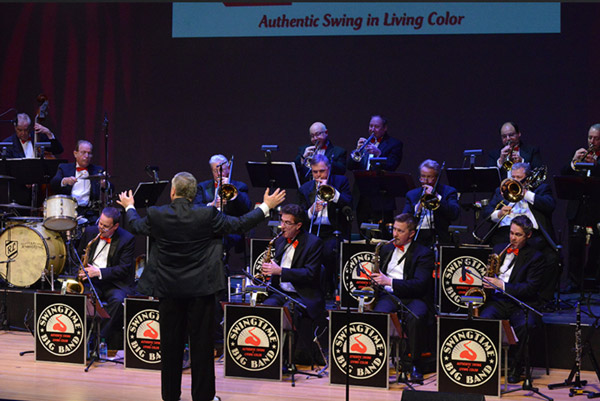
HAPPY FRANKS-GIVING! – Swingtime Big Band Celebrates Sinatra
Saturday, November 23, 2024 @ 8:00pm
Bergen Performing Arts Center (bergenPAC)
30 North Van Brunt Street, Englewood, NJ 07631
category: music
View event page for full information

Elf The Musical
Saturday, November 23, 2024 @ 7:00pm
Count Basie Center for the Arts
99 Monmouth Street, Red Bank, NJ 07701
category: theatre
View event page for full information

Elf The Musical
Saturday, November 23, 2024 @ 1:00pm
Count Basie Center for the Arts
99 Monmouth Street, Red Bank, NJ 07701
category: theatre
View event page for full information
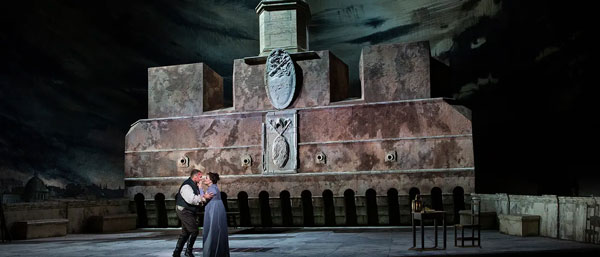
The Metropolitan Opera: Live in HD - Tosca
Saturday, November 23, 2024 @ 1:00pm
Monmouth University - Pollak Theatre
400 Cedar Avenue, West Long Branch, NJ 07764
category: theatre
View event page for full information

StevieMac: A Fleetwood Mac & Stevie Nicks Experience
Saturday, November 23, 2024 @ 8:00pm
William Paterson University - Shea Center for Performing Arts
300 Pompton Rd, Wayne, NJ 07470
category: music
View event page for full information
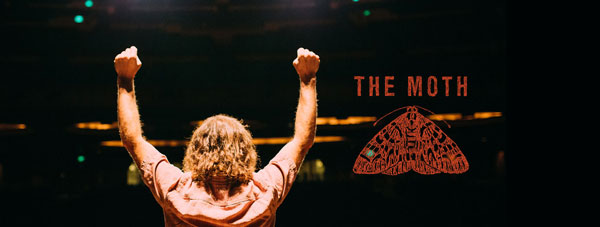
The Moth
Saturday, November 23, 2024 @ 7:30pm
McCarter Theatre Center (Matthews Theater)
91 University Place, Princeton, NJ 08540
category: community
View event page for full information
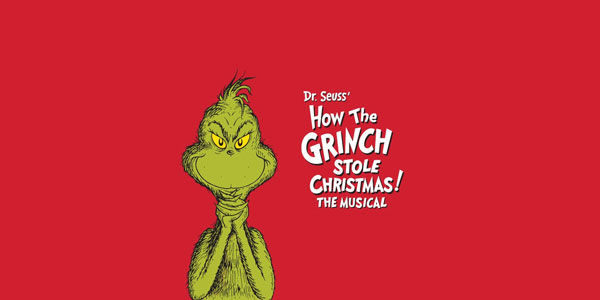
Dr. Seuss' How The Grinch Stole Christmas! The Musical
Saturday, November 23, 2024 @ 7:30pm
State Theatre New Jersey
15 Livingston Avenue, New Brunswick, NJ 08901
category: theatre
View event page for full information

Dr. Seuss' How The Grinch Stole Christmas! The Musical
Saturday, November 23, 2024 @ 3:00pm
State Theatre New Jersey
15 Livingston Avenue, New Brunswick, NJ 08901
category: theatre
View event page for full information

Dr. Seuss' How The Grinch Stole Christmas! The Musical
Saturday, November 23, 2024 @ 10:30am
State Theatre New Jersey
15 Livingston Avenue, New Brunswick, NJ 08901
category: theatre
View event page for full information
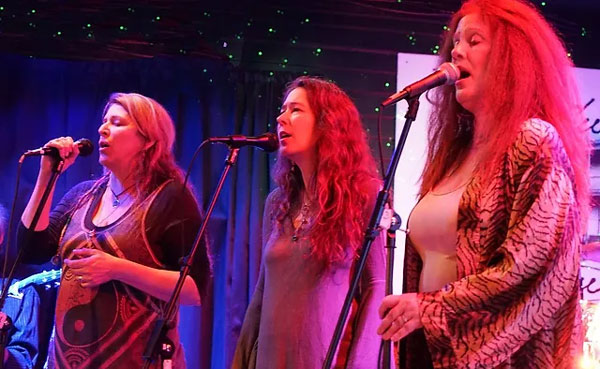
Wooden Ships Band
Saturday, November 23, 2024 @ 7:30pm
Lizzie Rose Music Room
217 E. Main Street, Tuckerton, NJ 08087
category: music
View event page for full information

Fiddler On The Roof
Saturday, November 23, 2024 @ 7:30pm
Axelrod Performing Arts Center
100 Grant Avenue, Deal Park, NJ 07723
category: theatre
View event page for full information

Fiddler On The Roof
Saturday, November 23, 2024 @ 1:30pm
Axelrod Performing Arts Center
100 Grant Avenue, Deal Park, NJ 07723
category: theatre
View event page for full information
More events
Event Listings are available for $10 and included with our banner ad packages
EVENT PREVIEWS

American Dream Announces Holiday Plans
(EAST RUTHERFORD, NJ) -- American Dream invites guests to spend the holidays at the one-of-a-kind center, as it transforms into a winter wonderland showcasing the very best in retail, dining and entertainment. Throughout the season, American Dream will be giving away incredible prizes, creating lasting memories and spreading joy throughout the community.
UPCOMING EVENTS
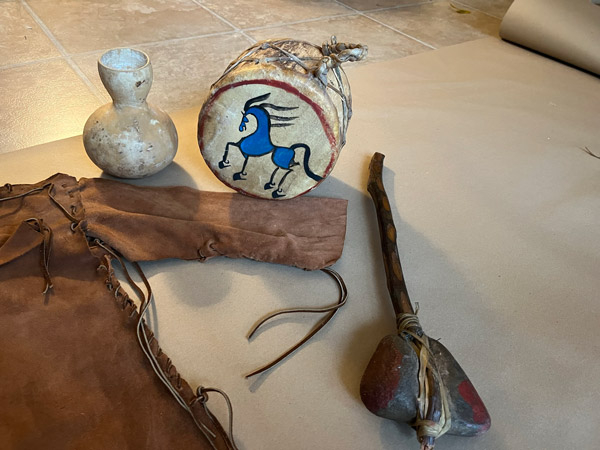
South Jersey's Indigenous Communities Celebrated in New A.C. Arts Garage Exhibit
(ATLANTIC CITY, NJ) -- A new exhibit at the Noyes Arts Garage of Stockton University will celebrate two southern New Jersey tribal communities through the display of historical documents, traditional artifacts and contemporary art. "Still Here: The Nanticoke Lenni-Lenape and Powhatan-Renape Nations of Southern New Jersey" opens October 9 and runs until January 5, 2025.






















